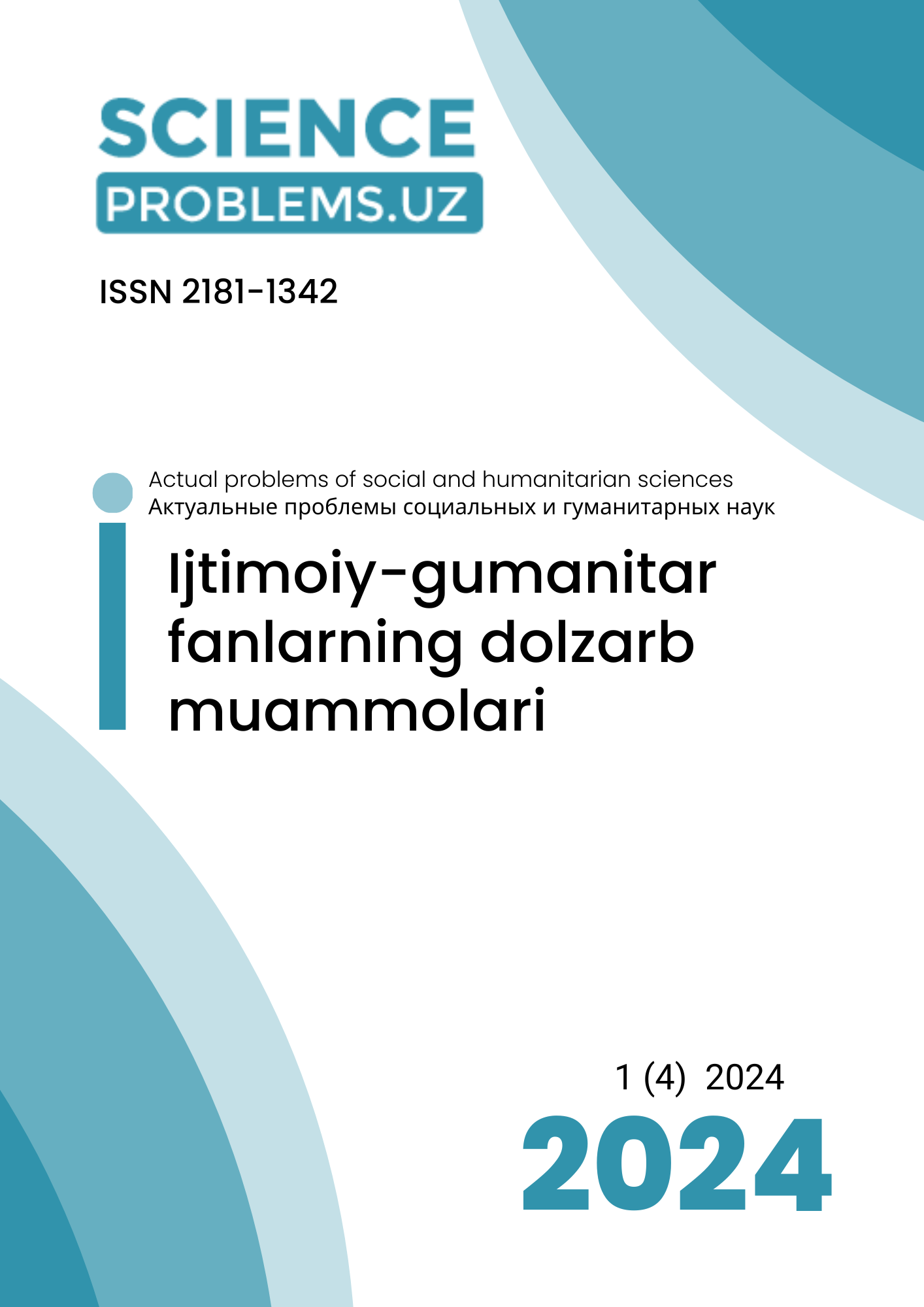PEDAGOGICAL CONDITIONS AND INNOVATIVE METHODS OF PROFESSIONAL QUALITIES DEVELOPMENT IN FUTURE TEACHERS BASED ON COMMUNICATIVE APPROACH
DOI:
https://doi.org/10.47390/SPR1342V4I1Y2024N56Keywords:
pedagogical conditions, innovative methods, professional skills, communicative approach, cooperative learning.Abstract
In this scientific article, special attention is paid to the use of the communicative approach, pedagogical conditions and innovative methods aimed at developing professional skills of future teachers are studied. In the ever-evolving educational environment, the demand for teachers with advanced communication skills is critical. Communicative approach is an important factor in forming future teachers' abilities to communicate effectively, understand different needs of students and create a comfortable learning environment. In addition, the article explores innovative methods compatible with the communicative approach, emphasizing the integration of modern technologies, interactive teaching tools, and creative teaching strategies. Discussion includes theories and practices of communicative language teaching, emphasizing practical applications in teacher education programs.
References
Richards, J. C. va Rodjers, T. S. (2001). Til o‘rgatishda yondashuv va uslublar.
Darling-Xammond, L. (2017). Dunyo bo'ylab o'qituvchilar ta'limi: xalqaro amaliyotdan nimani o'rganishimiz mumkin?
Siemens, G. (2005). Konnektivizm: raqamli asr uchun o'rganish nazariyasi.
Littlvud, W. (2014). Muloqotga yo'naltirilgan til o'rgatish: Biz hozir qayerdamiz?
Vygotskiy, L. S. (1978). Jamiyatdagi ong: oliy psixologik jarayonlarning rivojlanishi.








